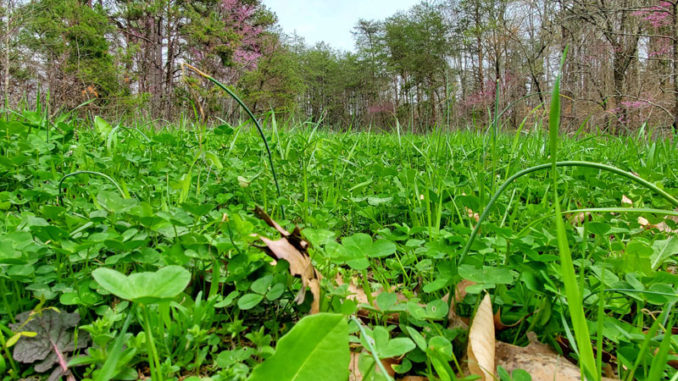
Don’t wait too late to work on food plots
Wildlife management involves activities all year long. And the establishment and maintenance of food plots can be a wonderful way to feed and attract wildlife. Food plots can take many forms from small 6-foot strips within a pine plantation to large, 20-acre fields.
When it comes to food plots, more is always going to be better. That’s because deer and other wildlife need plenty to eat. And a solid food plot is a good way to retain and attract wildlife. But food plot plantings will have competition. The best way to offset competition is with chemical warfare. In other words, poison the competition!
Most food plots start with some level of disturbance. It is usually from a tiller, disk, or some other mechanical method of plowing through the top layer of soil for aeration or to uproot any existing competition. Mechanical methods will kill some of the existing unwanted vegetation. But the benefits don’t always outweigh the detriments.
In fact, plowing up the soil exposes fresh dirt. And that allows dormant seeds the opportunity to germinate and to grow towards the sky. Sure, plowing can be an excellent situation for establishing the newly planted seeds because of the same reason. But the soil is generally loaded with aggressive weed seeds that will take off as soon as they get the first opportunity.
Poison is the only real way to control the competition for new food plots and for established areas. One way or the other, the best food plots have a series of chemical treatments to control weedy invaders.
Herbicides help
Herbicides are critical for crop production. Few crops are produced without the use of these chemicals. From pre-planting treatments to mid-season application, herbicides are used every day in the farming community. Without delving too deep into a college-level chemistry lesson, herbicides are chemical assailants that attack cellular processes within plants.
Unwanted plants will quickly die when a critical cellular process is disrupted, such as blocking cell division, chlorophyll destruction, inhibiting mitotic processes within cell walls, blocking electron transfer, blocking critical enzymes, inhibiting photosynthesis and disrupting protein synthesis – just to name a few.
Basically, two methods of nuking food plots can control herbaceous competition. One involves soil active chemicals. The other involves contact killers. For the best results, both chemical delivery methods used in concert will control the undesirables the most.
Weeds are aggressive pioneer species and will out-compete most food-plot plant varieties. Pretreatment is always a good plan for establishing warm-season food plots and several pre-plant herbicides are available to inhibit non-target vegetative growth.
Before selecting a pre-emergent herbicide, the targeted food plot seed must be selected first because pre-emergent herbicides are labeled to control certain types of plant species. And we need to make sure that the selected food plot seed isn’t included as one of the species affected by the herbicide. Pre-emergent herbicides label the plants they control and what plants are benefited. The best action is to examine the herbicide’s label to properly understand what food plot seed will benefit versus what they control.
Follow the label
In addition to choosing the right chemical, careful examination of the product label is recommended to determine the adequate application rate and the types of plants affected by the chemical. Herbicide labels are comprehensive, with a plant listing controlled by the herbicide. Additionally, the labels will often list crops where the herbicide is labeled for use, as well as the recommended dosage rate per acre. Also, the product label will list dangers and necessary human-safety precautions for handling.
For most spring food plots where legumes and corn are planted, an application of either Prowl H2O (Pendimethalin), Treflan EC (Trifluralin), Dual Magnum (S-Metolachlor) and/or Pursuit DG (Imazethapyr) can produce effective results for the warm season planting cycle. And in some cases, these chemicals can be mixed to produce optimum results. Check the labels to make sure the proper pre-emergence herbicide is selected.
While pre-plant herbicides can make planting and establishing a plot go smoother, pre-plant methods don’t always coincide with the food plot plan. That’s especially true when the plot is already established.
For established food plots that are losing ground to noxious weeds, land managers can apply selective contact herbicides to kill competing vegetation. Food plot plants are either grasses or broadleaf plants. Selective herbicides must be used to control either broadleaf or grass pests. In other words, grass competition can be controlled with grass-selective herbicides in broadleaf food plots like soybeans or other legumes. And broadleaf-selective herbicides can be used in grass food plots like wheat, oats, millet, or corn.
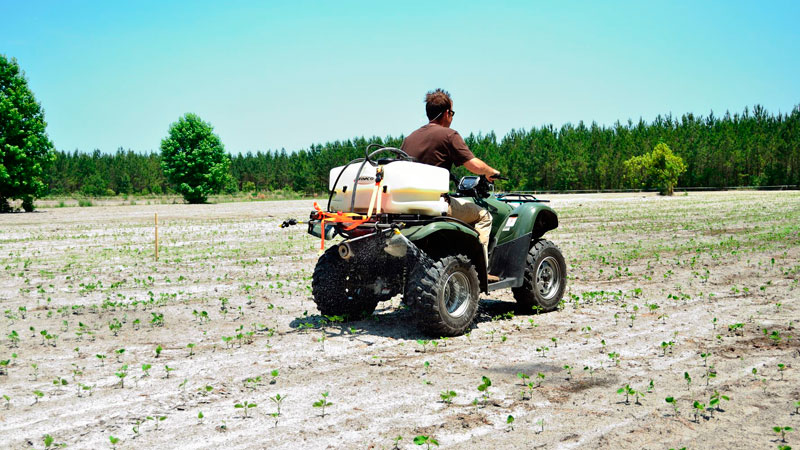
ATVs for herbicides:
You don’t need heavy farm equipment to properly apply herbicides to your food plots. ATVs equipped with inexpensive sprayers work great, and can get into even the smallest of food plots that aren’t easily accessible to bigger equipment.
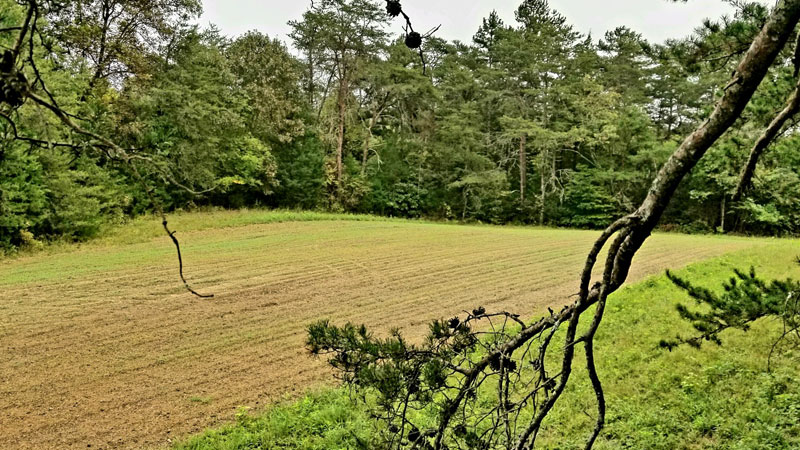
Don’t avoid herbicides
The most common contact killer is glyphosate, commonly referred to as Round Up. Glyphosate can be used to kill all the existing vegetation prior to planting. And Glyphosate will kill both broadleaf weeds and grasses.
But when herbaceous control is needed after plants are already emerged or already established, selective herbaceous contact versions should be used. For grass-type plantings such as corn, millet, sorghum, and wheat, 2,4D can be sprayed to control broadleaf vegetation. When broadleaf crops are established such as legume and brassicas, then grass-selective herbicides should be used such as, clethodim and sethoxydim to control unwanted grasses.
Clover is one of the most common food plot plants in the nation. And for good reason. Clover is perennial and can be an excellent source of nutrition to deer and other wildlife all year long. But, clover typically has some issues with herbaceous competition. Luckily, cletheodim can be used in clover to control grasses and butyrac 200 or 2,4 DB can be used to control broadleaf weeds in clover. Tight mowing can also help fight herbaceous competition in clover.
Herbicides are something that many land managers avoid using especially on food plots. But chemical control of unwanted weedy invaders is a healthy way to promote the growth of target species. And its use shouldn’t be avoided.

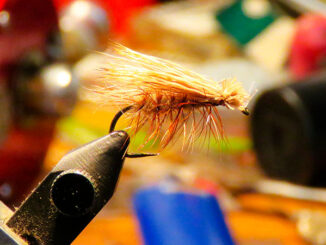
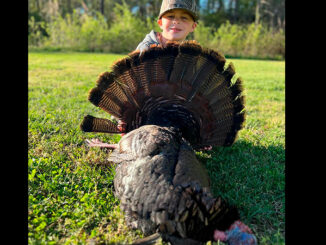
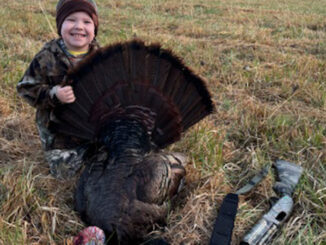

Be the first to comment